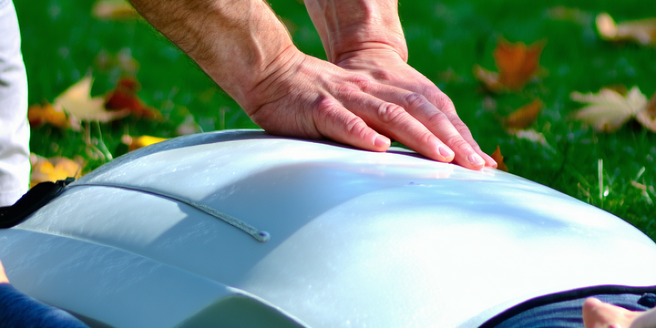
Understanding Sudden Cardiac Arrest
Sudden cardiac arrest (SCA) is an unexpected failure of heart function, leading to loss of consciousness and breathing cessation. It’s crucial to know that SCA differs from a heart attack, which occurs when blood flow to a part of the heart is blocked. In SCA, the heart’s electrical system malfunctions, leading to an irregular heartbeat. Immediate medical attention and cardiopulmonary resuscitation (CPR) are vital to increase survival chances. Lack of oxygen to the brain during SCA can result in severe brain damage or death if not treated within minutes. Knowing the difference between SCA and a heart attack can help in taking the right action and seeking prompt medical intervention. Educating the public on recognizing SCA signs is essential for saving lives.
How Cold Weather Impacts Heart Health
Cold weather poses additional risks to those with underlying heart conditions. In the winter, blood vessels constrict to conserve body heat, increasing blood pressure and subsequently the heart’s workload. The heart needs to work harder to maintain body temperature, which can trigger cardiac events in susceptible individuals. Additionally, cold weather activities like shoveling snow can further stress the heart. It’s important for individuals, particularly those with existing cardiovascular issues, to take precautions during cold weather. Dressing in layers, avoiding sudden exertion, and understanding one’s physical limits are key strategies to prevent cold-induced heart complications. Staying informed about how the cold affects heart health is crucial for those at risk during winter months.
Recognizing Signs of Cardiac Arrest
Being able to recognize the signs of cardiac arrest is vital for quick response and effective intervention. Symptoms typically include sudden collapse, lack of responsiveness, and absence of breathing or a pulse. Unlike a heart attack, a person experiencing cardiac arrest may not exhibit chest pain or discomfort prior to collapsing. Time is critical, and contacting emergency services immediately is essential. Performing cardiopulmonary resuscitation (CPR) can double or triple a victim’s chance of survival. Understanding the signs of cardiac arrest and acting swiftly can make a significant difference in saving a life. Encouraging more individuals to learn CPR can greatly improve survival rates.
Preventive Measures in Winter Months
Taking preventive measures during the winter months is crucial to avoid heart-related incidents. Wearing appropriate clothing, including hats, gloves, and layered garments, can prevent hypothermia and undue stress on the heart. Staying active with moderate indoor exercises is beneficial, as it maintains physical fitness without exposure to extreme weather. Monitoring one’s health, maintaining a healthy diet, and managing stress are important preventive strategies. Additionally, keeping up with regular medical check-ups ensures better management of chronic conditions that might be exacerbated by cold weather. It’s essential to be proactive about heart health, particularly for those with existing heart issues, to reduce risks during the colder season.
Emergency Response Strategies
Immediate action is vital during a sudden cardiac arrest incident. Calling emergency services and starting CPR are the first steps. It is crucial for bystanders to remain calm and composed while waiting for help to arrive. Using an automated external defibrillator (AED), if available, can restore a regular heart rhythm. Emergency response strategies also include public education on recognizing cardiac arrest and how to perform CPR. First responders and medical professionals play a critical role in stabilizing patients. Increasing awareness of CPR and AED use in communities can enhance survival outcomes. Preparing for emergencies by learning these essential skills ensures readiness and confidence in potentially life-threatening situations.
Protecting Vulnerable Populations
Certain populations, such as the elderly and those with pre-existing heart conditions, are more susceptible to cold weather risks and cardiac incidents. Protecting these vulnerable groups involves community support, aware caregivers, and regular monitoring of health statuses. Providing proper winter care tips and ensuring that seniors have necessary medications can prevent complications. Community programs focusing on social support and education about signs of cardiac distress are beneficial. Tailored care strategies and health services can safeguard these individuals, enhancing their quality of life during harsh weather conditions. It’s vital that communities work together to ensure the safety and well-being of their most vulnerable members.
